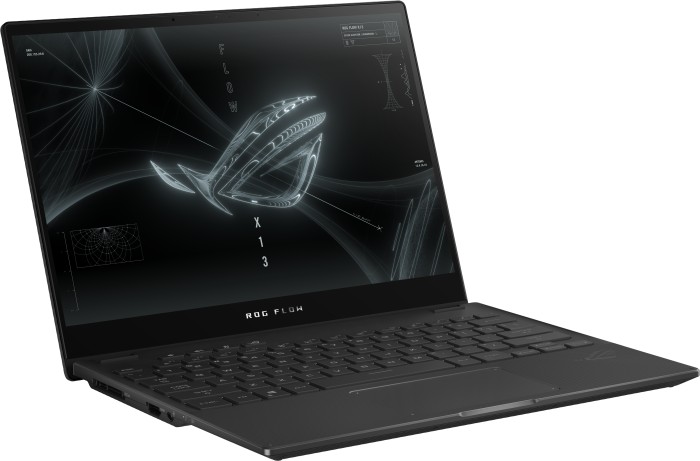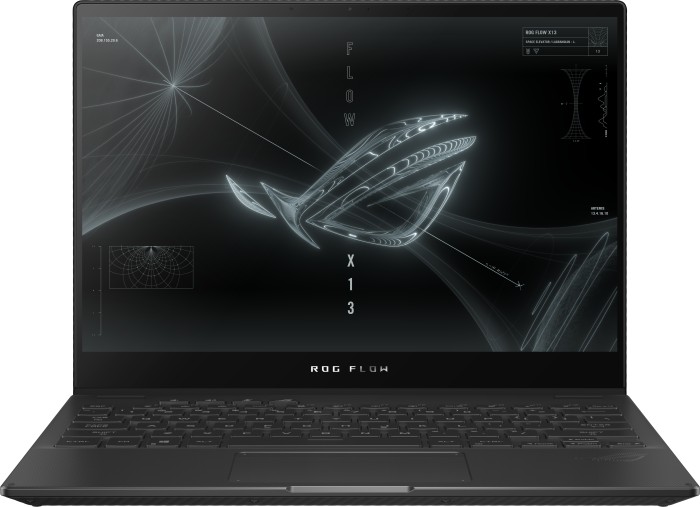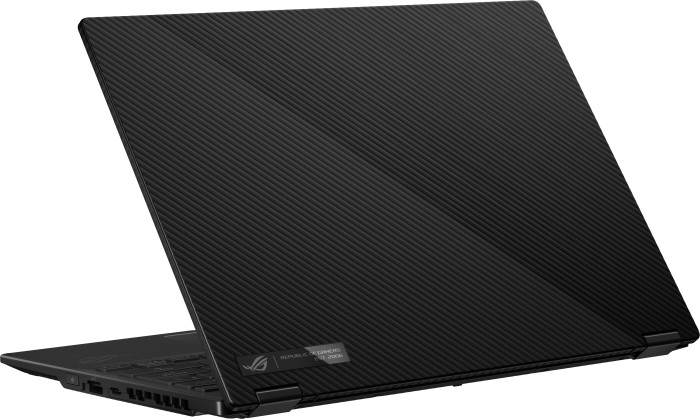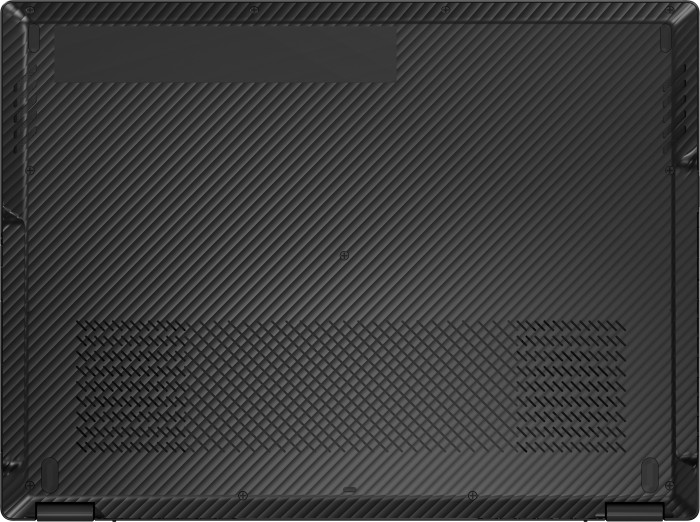Asus ROG Flow X13 GV301QH-K5228T
Especificaciones de Portátil(es)
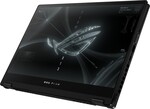
Price comparison
Promedio de 4 puntuaciones (de 6 análisis)
Análisis para el Asus ROG Flow X13 GV301QH-K5228T
Origen: Techradar
 EN→ES
EN→ESThe Asus ROG Flow X13 (2021) has some serious potential, but without the ROG XG Mobile eGPU it doesn't meet the standards of other devices on the market, especially with modern gaming laptops being so slim and professional-looking these days. Still, it's great if you want an especially petite gaming laptop for on the go.
Único Análisis, disponible online, Mediano, Fecha: 03/24/2022
Puntuación: Puntuación total: 70%
Origen: Toptenreviews
 EN→ES Archive.org version
EN→ES Archive.org versionThe Asus ROG Flow X13 and its accompanying XG Mobile dock offer the best combination of a laptop and external GPU that we’ve yet seen. The external GeForce RTX 3080 dock offers genuine high- end gaming pace in a box that you can easily sling into a bag, and only desktop GPUs and the beefiest laptops provide more speed. Meanwhile, the laptop packs plenty of CPU power into a slim and sturdy body, along with a good keyboard, its own esports-capable GPU and a dazzling display. There are downsides though. The laptop and dock are hot and loud when they’re working, battery life remains mediocre and the keyboard is small. Many people will prefer traditional gaming laptops, which provide bigger screens and keyboards in heavier, thicker bodies. Impressively, though, the Asus ROG FlowX13 and XG Mobile bundle doesn’t cost any more than a gaming laptop with equivalent components, so there’s no real premium to pay if you want to go down this modular route. This setup won’t suit everyone, but this hardware is worth consideration if you want the portability
Único Análisis, disponible online, corto, Fecha: 10/13/2021
Puntuación: Puntuación total: 87%
Origen: T3
 EN→ES Archive.org version
EN→ES Archive.org versionThe RoG Flow X13 almost manages to achieve what it sets out to do: offer both desktop-level gaming at home, and decent gaming on the road. However, it falls a little short of this. The XG Docking Station uses a laptop version of the Nvidia GTX 3080 GPU that doesn’t offer the same performance as the desktop version. The process of disconnecting the external graphics card is also overly complex, forcing you to quit out of most programs so you can’t simply unplug and go. The performance of the GPU built into the laptop is also decent, and the price isn’t bad for a gaming laptop. But it feels like an inadequate compromise. If you want all-out gaming performance at home, get a desktop PC. If you want all-out gaming performance that you can carry with you, get a dedicated gaming laptop and hope that you can find a power outlet. The Asus ROG Flow X13 tries to be a jack of all trades, but does not end up being the master of any.
Único Análisis, disponible online, Mediano, Fecha: 08/09/2021
Puntuación: Puntuación total: 60%
Origen: NLT
 EN→ES Archive.org version
EN→ES Archive.org versionSo finally, the price. The one that we have here is RM6,499. Honestly speaking, it’s a good price to pay for a laptop like this because at this price point, the competition either isn’t a convertible or doesn’t offer the same level of performance. And that makes the ROG Flow X13 a unique convertible laptop on its own.
Único Análisis, disponible online, Mediano, Fecha: 05/11/2021
Origen: CNet France
 FR→ES Archive.org version
FR→ES Archive.org versionÚnico Análisis, disponible online, Mediano, Fecha: 07/16/2021
Puntuación: Puntuación total: 80%
Origen: 3DNews.ru
 RU→ES Archive.org version
RU→ES Archive.org versionÚnico Análisis, disponible online, Muy largo, Fecha: 04/13/2021
Comentario
NVIDIA GeForce GTX 1650 Mobile:
Tarjeta gráfica dedicada de gama media para portátiles, basada en la GTX 1650 para desktop y, por lo tanto, en la arquitectura Turing (chip TU117 en FFN de 12 nm) sin trazado de rayos y núcleos tensores.
Estas tarjetas también deben ser capaces de aguantar todos los juegos actuales, pero la mayoría de ellos en configuraciones de detalles medios y bajos y con bajas resoluciones. Juegos más antiguos, o menos exigentes todavía pueden ser jugados con buena calidad de gráficos.
>> Más información puede ser encontrada en nuestra comparación de tarjetas gráficas moviles y la lista de benchmarks.
R9 5980HS: APU Octa-Core móvil que utiliza núcleos Zen 3 con una frecuencia de reloj de 3 a 4,8 GHz y una tarjeta gráfica Vega con 8 CU con una frecuencia de reloj de hasta 2100 MHz. En comparación con la 5980HX (hasta 54 W), la 5980HS está configurada con un TDP de 35 W y, por tanto, es adecuada para portátiles más pequeños.
>> Más información puede ser encontrada en nuestra comparación de procesadores móviles.





